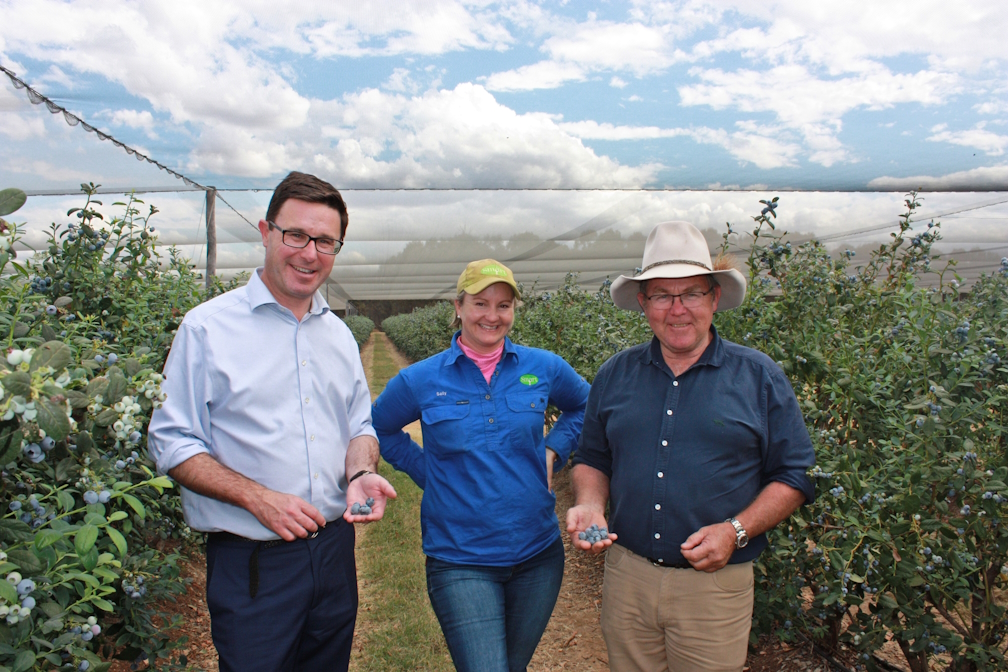Bureau of Meteorology’s new website needs review
- Written by The Times

Leader of The Nationals and Federal Member for Maranoa David Littleproud is calling for a review of the Bureau of Meteorology’s (BOM) new website, following a flood of complaints from locals.
Mr Littleproud said it was clear Maranoa locals were not given the information they needed after the recent rain event, which is why he has written to Minister for Emergency Services, Senator Murray Watt, asking for improvements to the BOM website.
“I am hearing from many locals that the new platform no longer allows them to enter GPS coordinates for their specific property locations, restricting searches to towns or postcodes,” Mr Littleproud said.
“As a result, families, businesses and farmers are unable to access vital, localised data such as river heights and rainfall information. Others have found the website difficult to navigate and note they cannot locate the radar function without extensive exploration of the site.
“Given the critical importance of accurate and accessible weather and water data, especially as we approach the wet season and in the aftermath of the devastating floods experienced in April this year, I have asked Minister Watt to review the functionality of the updated BOM website and consider restoring key tools relied upon by farmers and rural communities.”
Surat resident Paul White described the new website as “hopeless”.
“My main problem is that I have 6500 acres that go under flood waters and we have a gauging station that is 10 kilometres upstream from us,” Mr White said.
“When we have heavy rain I monitor that 24/7 because I have livestock and machinery. But now, I don’t see any meter heights anymore.
“I used to be able to get the computer cursor and put the arrow where my property is, with latitude and longitude. I used to know if the storm was coming within an hour or so. That doesn’t come up anymore. It’s not user friendly, it’s very complicated and very stressful.”






















